Home>Garden Essentials>How To Use Railroad Ties For Landscaping
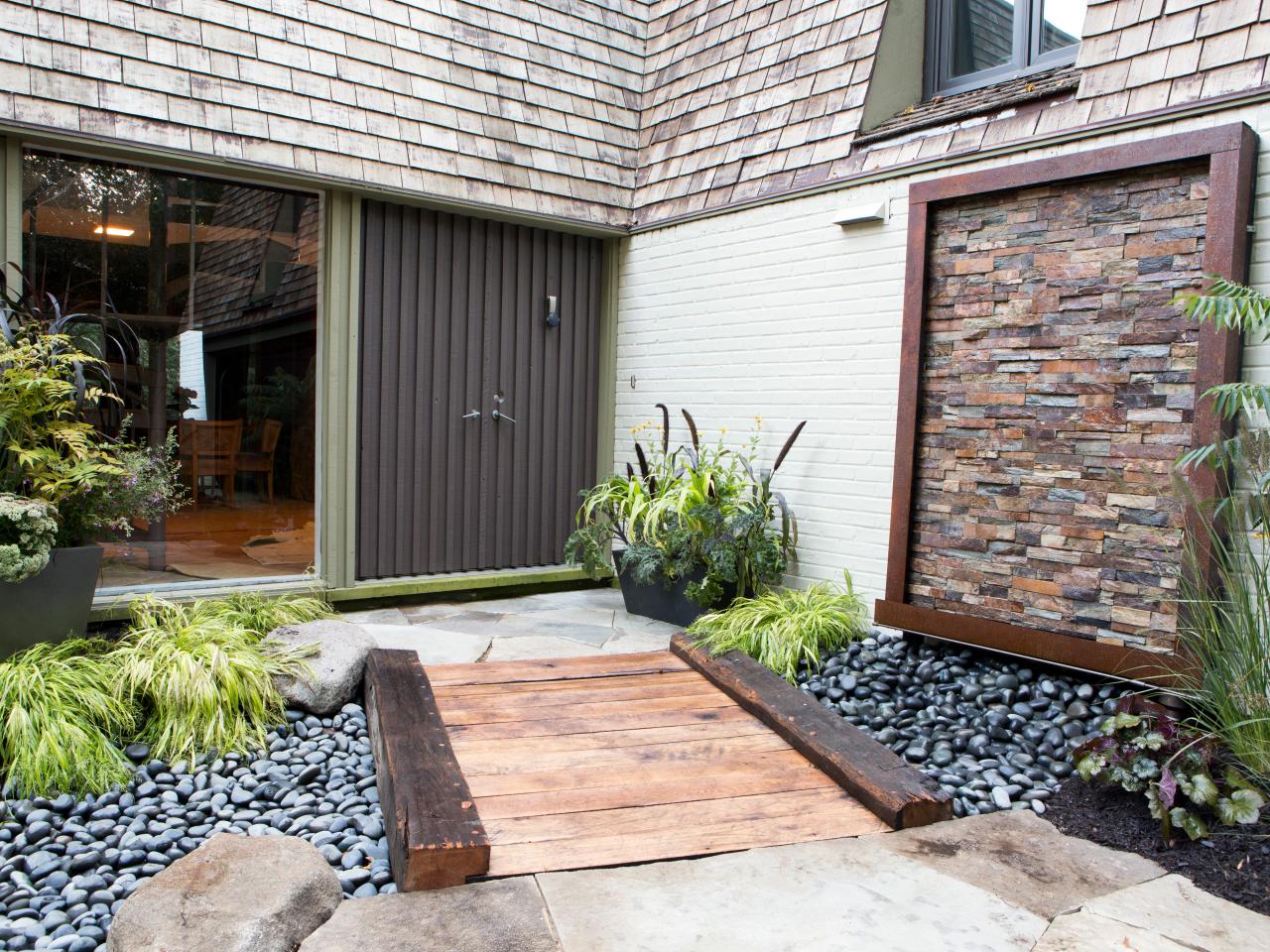

Garden Essentials
How To Use Railroad Ties For Landscaping
Modified: March 7, 2024
Learn how to enhance your garden with the versatile and durable railroad ties. Discover the best landscaping ideas and techniques to transform your outdoor space.
(Many of the links in this article redirect to a specific reviewed product. Your purchase of these products through affiliate links helps to generate commission for Storables.com, at no extra cost. Learn more)
Introduction
When it comes to landscaping, there are countless materials and techniques to choose from. One versatile and durable option that has gained popularity in recent years is the use of railroad ties. These sturdy wooden beams, originally used to build railroad tracks, have found a new purpose in landscaping projects. With their rustic charm, durability, and affordability, railroad ties offer a unique and practical solution for enhancing your outdoor space.
In this article, we will explore the various ways you can incorporate railroad ties into your landscaping design. We will discuss the benefits of using railroad ties, safety considerations, how to prepare your site, installation techniques, design ideas, maintenance tips, and environmental considerations.
Before we dive into the details, let’s take a closer look at what railroad ties are.
Key Takeaways:
- Railroad ties are durable, versatile, and affordable for landscaping. They add rustic charm and can be used for retaining walls, pathways, and raised flower beds, enhancing outdoor spaces creatively and economically.
- When using railroad ties for landscaping, prioritize safety, proper installation, and regular maintenance. Consider environmental impact, opt for reclaimed ties, and explore sustainable alternatives for a more eco-friendly outdoor space.
Read more: Where To Buy Railroad Ties For Landscaping
What are Railroad Ties?
Railroad ties, also known as railway sleepers or crossties, are large wooden beams that were originally used to support the rails on railroad tracks. These ties are typically made from hardwood, such as oak or cedar, which provides durability and strength.
Each railroad tie is typically around 8 feet long and 6 inches thick, with varying widths. The standard size allows for easy handling and installation. They are often treated with preservatives, such as creosote, to increase their resistance to decay, pests, and weather damage.
While railroad ties were primarily used in the railway industry, their unique characteristics and appealing aesthetics have made them a popular choice for landscaping projects. They bring a rustic and natural look to outdoor spaces, adding charm and character to gardens, pathways, and other landscaping features.
It is important to note that if you decide to use railroad ties for landscaping, it is best to choose ties that have been removed from active railroad tracks. These used ties are typically in good condition, have already undergone the necessary treatments, and are more environmentally friendly than new ties.
Benefits of Using Railroad Ties for Landscaping
There are several advantages to using railroad ties for landscaping projects. Let’s take a closer look at some of the key benefits:
- Durability: One of the main advantages of railroad ties is their durability. These ties are designed to withstand the heavy loads and harsh conditions of railway tracks, making them incredibly strong and long-lasting. When used in landscaping, they can withstand outdoor elements, including weather fluctuations and insect damage, ensuring that your landscaping features remain intact for years to come.
- Versatility: Railroad ties offer great versatility in landscaping design. They can be used for a variety of purposes, such as creating retaining walls, building raised flower beds, defining pathways, or constructing garden steps. Their uniform size and shape make it easy to stack or arrange them in various configurations, allowing you to unleash your creativity and bring your landscaping vision to life.
- Affordability: Another advantage of using railroad ties for landscaping is their affordability. Compared to other building materials, such as bricks or stone, railroad ties are relatively inexpensive. This makes them a cost-effective option for homeowners who are looking to enhance their outdoor space without breaking the bank. Additionally, used railroad ties can often be obtained at a lower cost than new ones, making them even more budget-friendly.
- Rustic Charm: Railroad ties have a natural and rustic appearance that adds a unique charm to any landscaping project. The weathered wood, rich color tones, and distinctive grain patterns create a visually appealing and timeless aesthetic. Whether you’re aiming for a traditional or contemporary garden design, incorporating railroad ties can elevate the overall look and atmosphere of your outdoor space.
These are just a few of the many benefits that railroad ties offer when used in landscaping projects. Their durability, versatility, affordability, and rustic charm make them a popular choice among homeowners and landscape professionals alike.
Safety Considerations
While railroad ties can be a fantastic addition to your landscaping, it’s important to consider safety when using them. Here are a few key safety considerations to keep in mind:
- Treated Wood: Railroad ties are often treated with preservatives, such as creosote, to increase their durability and resistance to decay. However, it’s important to be cautious when handling treated wood, as some of these chemicals can be harmful if ingested or if prolonged skin contact occurs. To minimize any potential health risks, it’s recommended to wear gloves and protective clothing when working with railroad ties, and to wash your hands thoroughly after handling them.
- Weight and Lifting Hazards: Railroad ties are heavy and can be difficult to handle, especially if you’re working on a larger landscaping project. It’s crucial to prioritize proper lifting techniques to prevent strain or injury. Consider using mechanical assistance like wheelbarrows or lifting equipment to transport and position the ties safely. Additionally, it’s essential to enlist the help of others when lifting and moving heavy ties to avoid strain and accidents.
- Secure Installations: When using railroad ties for retaining walls or other structural purposes, it’s vital to ensure proper installation and secure anchoring. Failing to do so can result in structural failure, leading to potential safety hazards. Follow proper construction guidelines, including proper drainage, backfilling, and anchoring methods, to ensure the stability and longevity of your landscaping features.
- Slip and Trip Hazards: Railroad ties can create uneven surfaces, particularly when used for pathways or steps. It’s important to make sure that the ties are properly leveled and secured to minimize the risk of slips, trips, and falls. Consider adding anti-slip materials or grit strips to the surface of the ties to improve traction and reduce the risk of accidents.
- Safe Distance from Edges: If you’re using railroad ties to create raised flower beds or retaining walls near the edges of your property, ensure that they are installed securely and at a safe distance from the edge. This will prevent any potential collapse or erosion that could pose a safety risk to individuals or property.
By taking these safety considerations into account, you can enjoy the benefits of using railroad ties in your landscaping while ensuring a safe and secure environment for you, your family, and your visitors.
Preparing the Site
Proper site preparation is crucial when using railroad ties for landscaping. This ensures a solid foundation and helps to maximize the longevity and stability of your landscaping features. Here are some steps to follow when preparing the site:
- Clear the Area: Start by clearing the area where you plan to install the railroad ties. Remove any existing vegetation, rocks, or debris, and ensure that the ground is level and free from obstructions.
- Mark the Layout: Use stakes and string to mark the layout of your desired landscaping feature. This will help you visualize the placement and ensure accurate alignment during installation.
- Excavate and Level: If you’re building a retaining wall or raised flower bed, dig a trench along the marked layout. The depth of the trench will depend on the height of your desired feature. Ensure that the trench is level and compact the soil at the bottom to create a solid base.
- Add a Gravel Base: To improve drainage and stability, add a layer of gravel at the bottom of the trench. This will help to prevent water buildup and minimize the risk of the ties shifting or sinking over time.
- Install Weed Barrier: Lay down a weed barrier fabric over the gravel base. This will help prevent weeds from growing through the gaps between the ties and reduce maintenance needs in the long run.
- Arrange the Railroad Ties: Carefully place the railroad ties into the trench, ensuring they are level and aligned with the desired layout. Consider using a level and a rubber mallet to adjust the height and position of each tie as needed.
- Secure the Railroad Ties: Depending on the height and purpose of your landscaping feature, you may need to secure the ties together or to the ground. Use rebar or landscaping spikes to anchor the ties, ensuring they are securely fastened.
- Backfill and Compact: Once the ties are in place, backfill the trench with soil, compacting it firmly around the ties. This will provide additional stability to the structure.
- Finish and Tidy Up: Smooth out the soil and clean up any excess debris. Add a layer of mulch or decorative stones around the landscaping feature to enhance its appearance and provide additional protection.
By following these steps, you’ll create a sturdy and aesthetically pleasing landscaping feature using railroad ties. Proper site preparation is key to ensuring a successful and long-lasting installation.
When using railroad ties for landscaping, make sure to check for any chemicals or treatments that may be harmful to plants and the environment. It’s important to use them in well-ventilated areas and avoid direct contact with soil or water.
Read more: How To Use Rocks For Landscaping
Installing Railroad Ties
Installing railroad ties for your landscaping project requires careful planning and execution. Here’s a step-by-step guide to help you with the installation process:
- Measure and Plan: Begin by measuring the area where you will be installing the railroad ties. Take accurate measurements to determine how many ties you will need and in what configuration they will be arranged.
- Prepare the Site: Clear the area of any vegetation, debris, or obstacles. Ensure that the ground is level and compacted, providing a solid foundation for the ties.
- Lay the First Course: Start by laying the first course of railroad ties along the marked layout. Ensure that they are level and aligned with the desired configuration. Use a rubber mallet to adjust the height and position of each tie as needed.
- Overlap the Ties: For added stability, consider overlapping the ends of each tie. This will create a stronger connection and prevent any gaps from forming between the ties.
- Secure the Ties: Depending on the height and purpose of your landscaping feature, you may need to secure the ties together or to the ground. Use rebar or landscaping spikes to anchor the ties, ensuring they are securely fastened.
- Continue Building: Once the first course is securely in place, continue building additional courses of ties until you reach the desired height or configuration. Stagger the joints between ties to provide better stability and a visually appealing look.
- Backfill: As you build each course, backfill the space behind the ties with soil or gravel to provide additional support and stability. Compact the backfill material firmly to prevent any settling over time.
- Finish and Secure: Once all the courses are in place, backfill the remaining area behind the ties and compact the soil or gravel. This will ensure a finished and tidy appearance. Consider adding a layer of mulch or decorative stones around the base of the ties for added aesthetics and weed control.
- Maintain and Inspect: Regularly inspect the railroad ties for any signs of damage, decay, or rot. Address any issues promptly to maintain the integrity and safety of your landscaping feature. Treat the ties with a preservative as needed to prolong their lifespan.
By following these steps, you can successfully install and build a strong and visually appealing landscaping feature using railroad ties. Take your time during the installation process to ensure accurate alignment and secure connections between the ties.
Design Ideas for Landscaping with Railroad Ties
Landscaping with railroad ties offers endless possibilities when it comes to creating unique and visually appealing outdoor spaces. Here are some design ideas to inspire your own landscaping project:
- Retaining Walls: Use railroad ties to build sturdy and attractive retaining walls. These walls can help level uneven terrain, create distinct garden areas, and prevent soil erosion. Consider incorporating different levels and curves for added visual interest.
- Garden Edging: Define the borders of your flower beds or vegetable gardens with railroad ties. The natural look of the ties will create a rustic and charming frame for your plants, while also keeping grass and weeds from encroaching into the garden.
- Pathways: Create unique pathways in your yard using railroad ties. Lay the ties horizontally in a line or arrange them diagonally for an eye-catching pattern. Fill the gaps between the ties with gravel or decorative stones for an added touch of elegance.
- Raised Flower Beds: Build raised flower beds using railroad ties to elevate your plants and add dimension to your garden. The height of the beds can be adjusted according to your preference, allowing for easier maintenance and improved drainage for healthy plant growth.
- Garden Steps: Construct durable and visually appealing garden steps using railroad ties. The ties provide a sturdy base for safe and easy access to different levels of your garden. Consider alternating the orientation of the ties or adding decorative gravel or plants between the steps to enhance their aesthetics.
- Outdoor Seating: Get creative by using railroad ties to build outdoor seating areas or benches. Arrange the ties in a rectangular or circular shape, and place cushions or outdoor pillows on top for comfort. This unique seating solution adds a rustic and inviting touch to your outdoor living space.
- Planters and Raised Vegetable Gardens: Transform ordinary wooden planters or boxes by lining them with railroad ties. This creates a sturdy and attractive container for your favorite plants or a dedicated area for growing fresh vegetables and herbs.
- Water Features: Incorporate railroad ties into the construction of water features, such as ponds or waterfalls. The rugged texture and natural colors of the ties will blend seamlessly with the surrounding landscape, creating a harmonious and tranquil atmosphere.
These design ideas are just a starting point to inspire your creativity. Feel free to combine different ideas or come up with your own unique ways to incorporate railroad ties into your landscaping. The possibilities are endless, so have fun and let your imagination soar!
Maintenance and Longevity
Maintaining your railroad ties in good condition is essential for ensuring their longevity and preserving the overall quality of your landscaping. Here are some maintenance tips to keep in mind:
- Clean Regularly: Regularly sweep or hose down the surface of the railroad ties to remove dirt, debris, and plant material. This will prevent the buildup of moisture and potential decay.
- Inspect for Damage: Periodically inspect the ties for any signs of damage, such as splitting, cracking, or rot. Address any issues promptly by replacing or repairing the damaged sections.
- Apply Preservatives: If your ties are not already treated, consider applying a wood preservative to protect them from decay, insect infestation, and weather damage. Follow the manufacturer’s instructions and reapply as needed.
- Control Weed Growth: To minimize weed growth around and between the ties, use weed barriers or apply a layer of mulch or gravel. This will not only enhance the aesthetics but also reduce the competition for nutrients and water.
- Maintain Proper Drainage: Ensure that water can drain away from the railroad ties to prevent pooling and moisture buildup. Make sure that the surrounding soil is properly graded and consider adding drainage channels if necessary.
- Protect from Moisture: Avoid allowing moisture to accumulate around or on the railroad ties for extended periods. Excessive moisture can lead to decay and rot. If the ties are in contact with soil, consider adding a plastic or rubber barrier to prevent direct contact and reduce moisture absorption.
- Guard Against Insects: Although most railroad ties are treated with preservatives, it’s still advisable to monitor for any signs of insect infestation. Termites and other wood-boring insects can cause significant damage over time. If necessary, consult a professional pest control service for proper treatment.
- Re-stain or Re-seal: If you have stained or sealed your railroad ties, periodically check for wear and reapply the stain or sealant as needed. This will help maintain their appearance and provide added protection against UV rays and weather damage.
By following these maintenance tips, your railroad ties can last for many years, providing beauty and functionality to your landscape. Regular care and attention will help ensure their longevity and preserve the quality of your landscaping investment.
Environmental Considerations
When using railroad ties for your landscaping, it’s important to consider the environmental impact of your choices. Here are some key environmental considerations to keep in mind:
- Material Source: Opt for used railroad ties that have been salvaged from old railway tracks rather than new ones. Used ties are a more sustainable choice as they reduce the demand for new timber resources and help minimize waste.
- Preservative Treatments: Be aware that traditional preservatives, such as creosote, used in railroad tie treatments may contain chemicals that can be harmful to the environment. If possible, choose ties that have been treated with less toxic preservatives or consider using untreated alternatives.
- Proper Disposal: If you need to remove or replace railroad ties, ensure that they are disposed of properly. Contact local authorities or waste management facilities to determine the appropriate methods of disposal or recycling in your area.
- Natural Alternatives: If you prefer a more environmentally friendly option, consider using other materials such as recycled plastic lumber or natural stones for your landscaping projects. These alternatives offer durability and are often made from sustainable materials.
- Biodiversity: Consider the impact on local ecosystems and wildlife when incorporating railroad ties into your landscaping. Ensure that your design allows for the preservation of native plants and the maintenance of natural habitats for insects, birds, and other wildlife.
- Water Conservation: Implement water-saving techniques in your landscaping to minimize water usage and promote conservation. Use efficient irrigation systems, choose drought-tolerant plants, and incorporate mulch or gravel around your railroad tie features to reduce water evaporation.
- Longevity and Reuse: By properly maintaining your railroad ties, you can extend their lifespan and reduce the need for replacement. Additionally, consider repurposing old or removed railroad ties for other creative projects or donate them to organizations that can utilize them effectively.
- Educate Yourself: Stay informed about the latest environmentally friendly practices in landscaping. Research and explore sustainable landscaping techniques, materials, and designs that minimize negative impacts on the environment.
By taking these environmental considerations into account, you can minimize the ecological footprint of your landscaping project and contribute to a more sustainable and environmentally conscious outdoor space.
Read more: How Was Railroad Construction Made Possible?
Conclusion
Railroad ties offer a versatile and durable solution for enhancing your landscaping. With their rustic charm, affordability, and strength, they can create visually appealing and functional features in your outdoor space. From retaining walls and raised flower beds to garden pathways and outdoor seating, the possibilities for incorporating railroad ties into your landscaping design are endless.
However, it is essential to consider safety precautions when working with railroad ties, such as wearing protective gloves, using proper lifting techniques, and ensuring secure installation. Regular maintenance of the ties will help prolong their lifespan and preserve the quality of your landscaping investment.
Environmental considerations are also crucial when using railroad ties. Opt for reclaimed ties to reduce waste and choose sustainable alternatives or materials treated with eco-friendly preservatives. Proper disposal or reuse of old ties can also contribute to the overall sustainability of your landscaping project.
Landscaping with railroad ties not only adds beauty and functionality to your outdoor space but also allows you to unleash your creativity and elevate the aesthetics of your garden. By following the guidelines and incorporating your own unique ideas, you can create a landscaping design that is not only visually captivating but also environmentally conscious.
So, whether you’re building retaining walls, pathways, or raised flower beds, consider using railroad ties to bring a touch of rustic charm and durability to your landscaping. With proper installation, maintenance, and environmental consciousness, you can enjoy the benefits of railroad ties in your outdoor space for years to come.
Frequently Asked Questions about How To Use Railroad Ties For Landscaping
Was this page helpful?
At Storables.com, we guarantee accurate and reliable information. Our content, validated by Expert Board Contributors, is crafted following stringent Editorial Policies. We're committed to providing you with well-researched, expert-backed insights for all your informational needs.

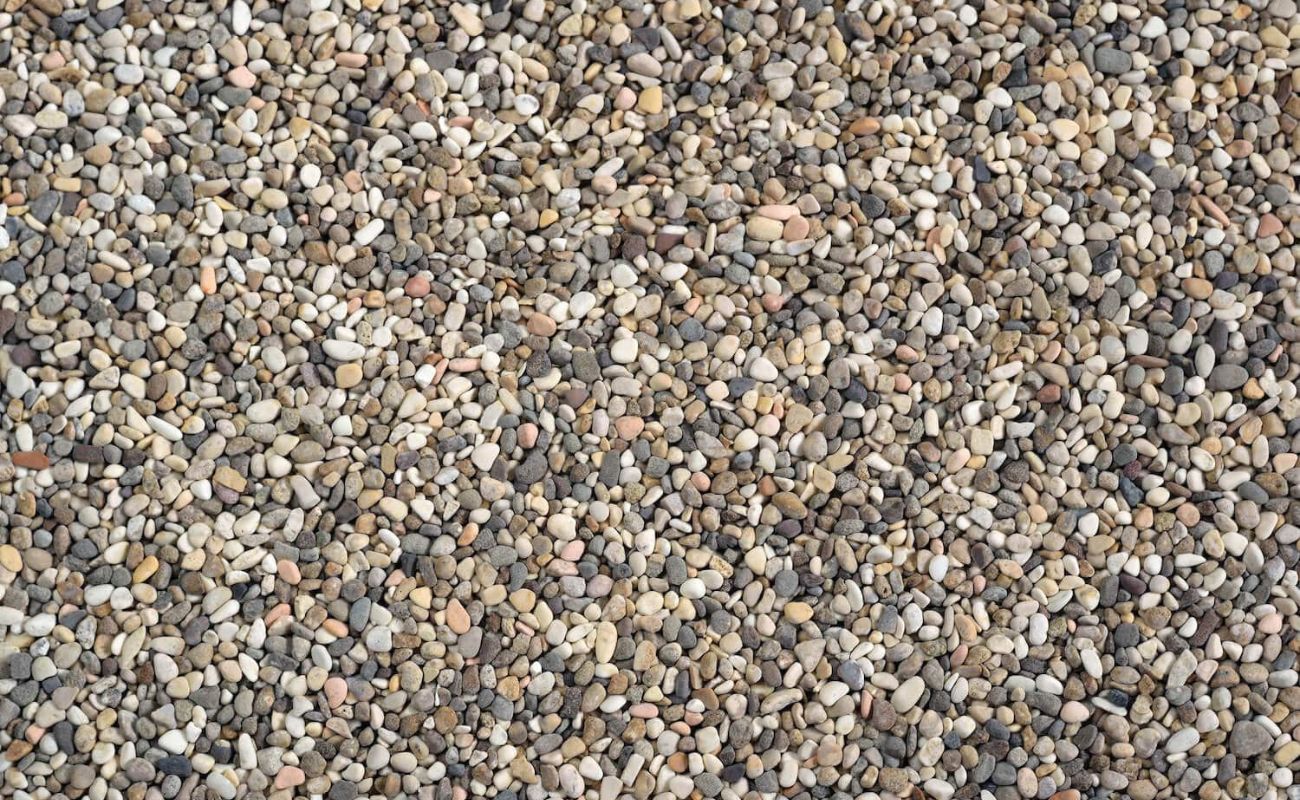
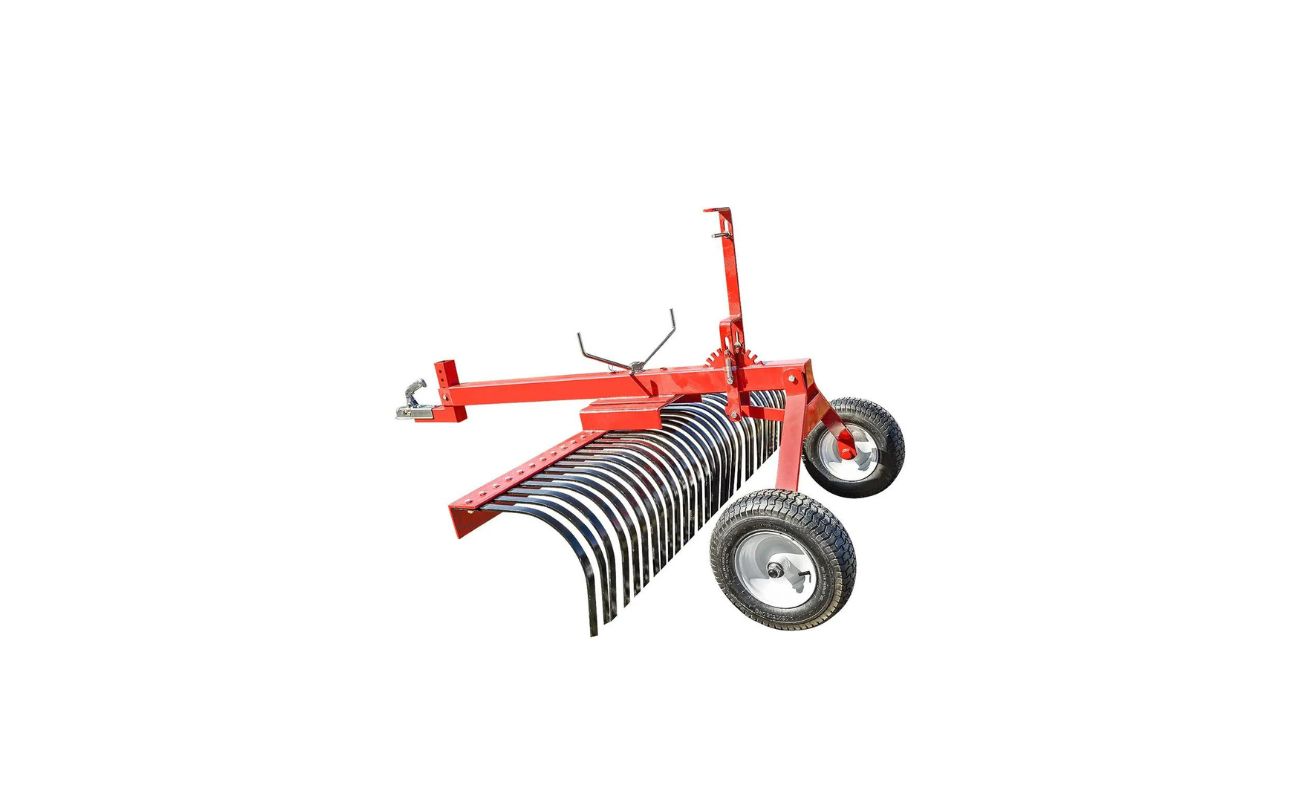
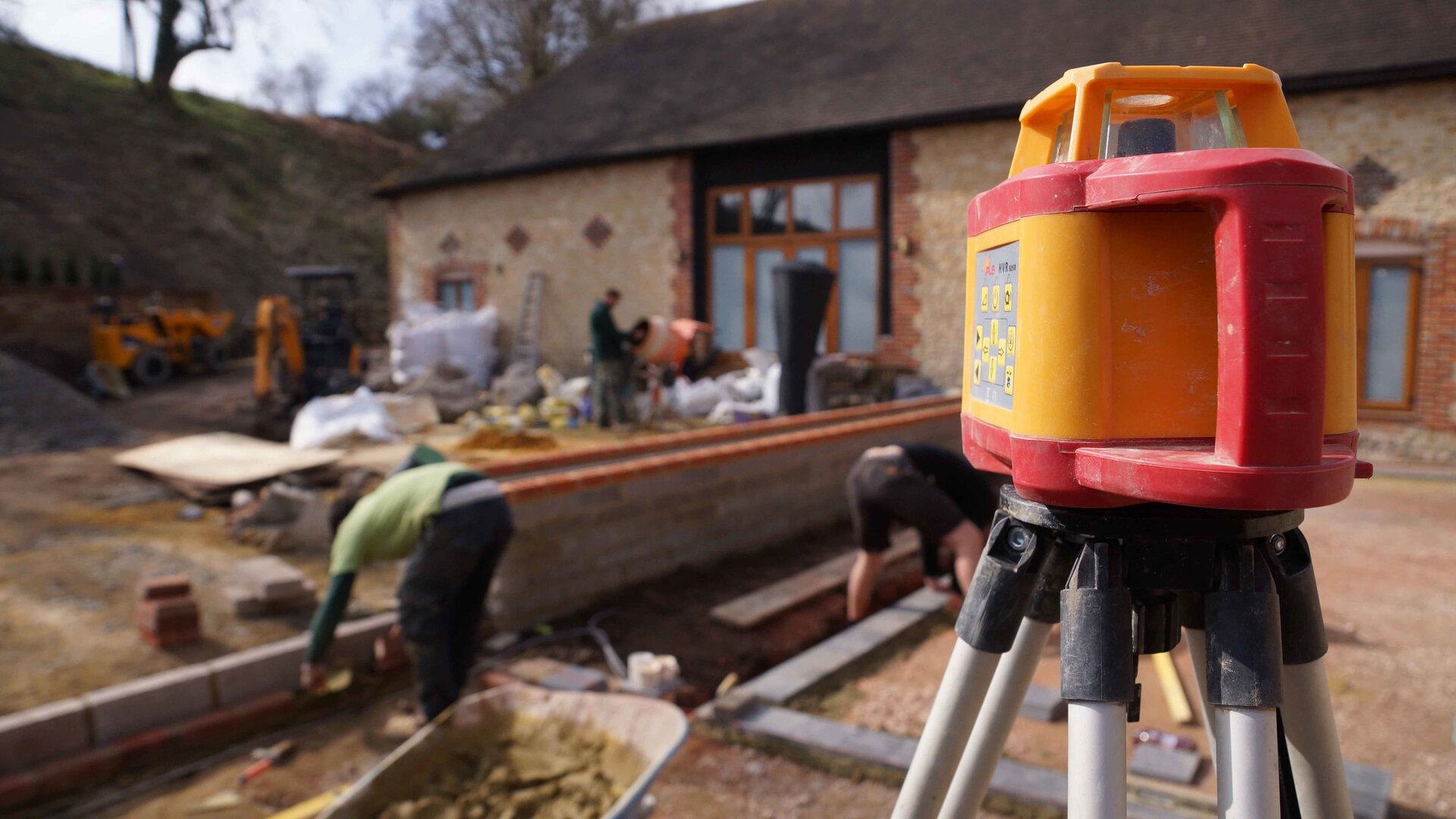
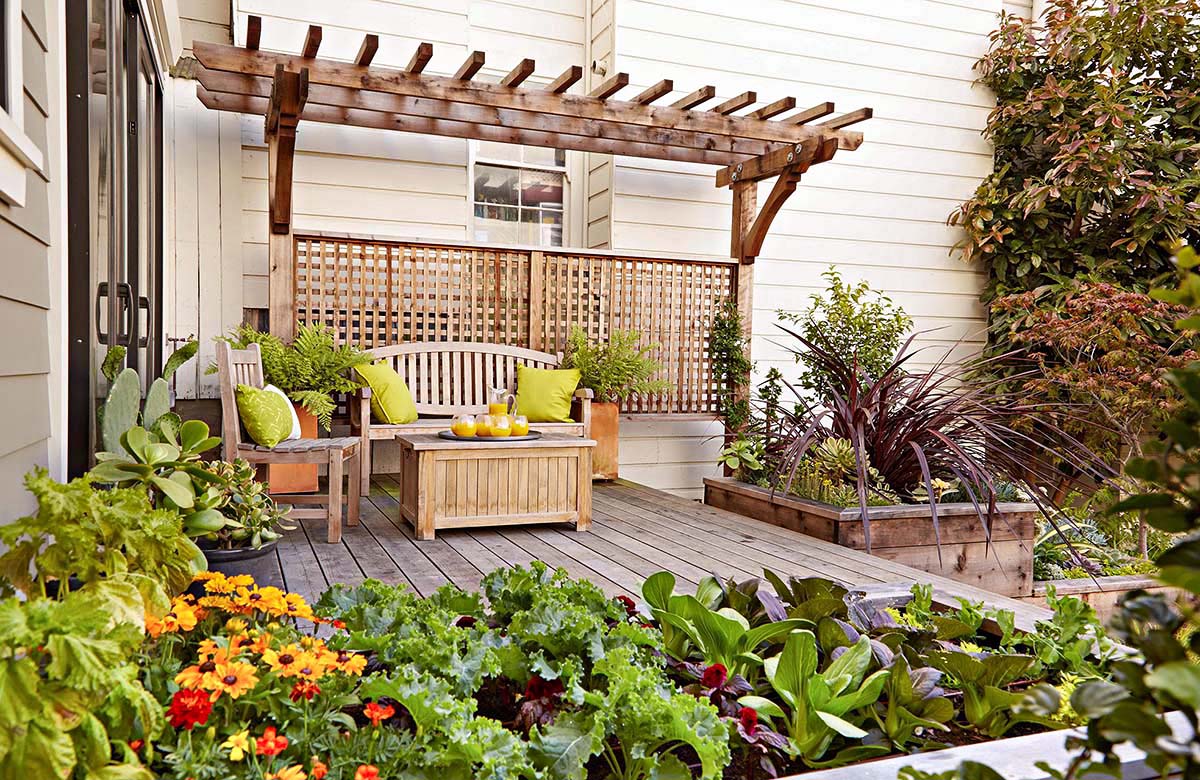
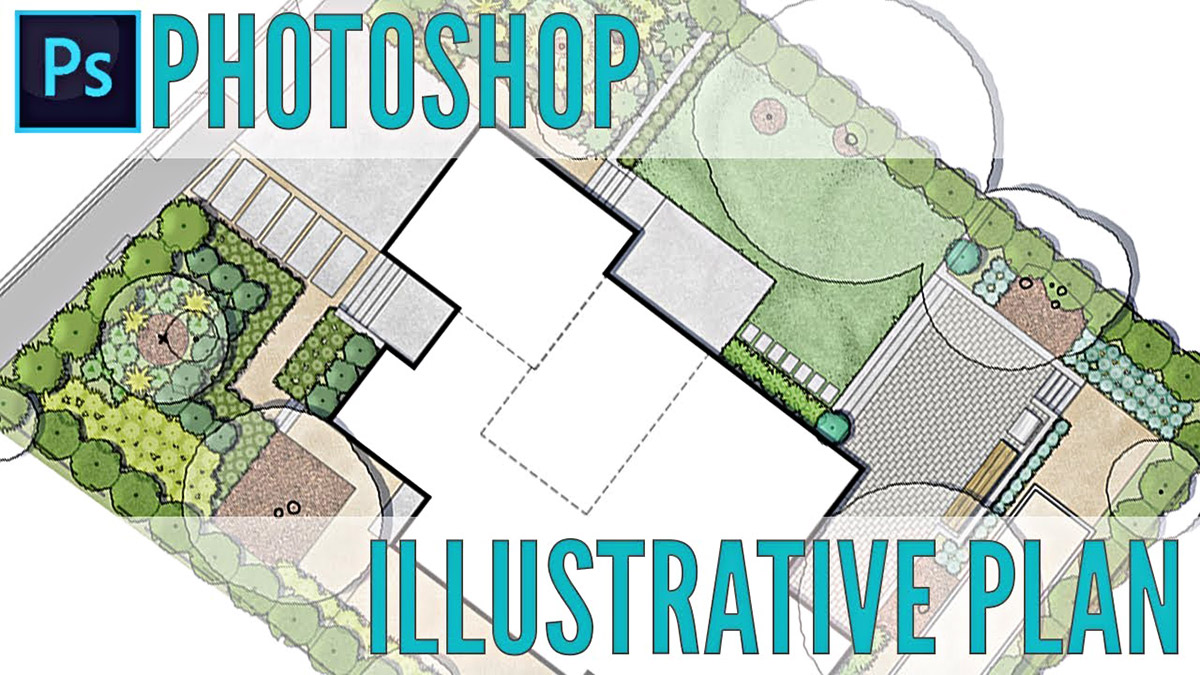
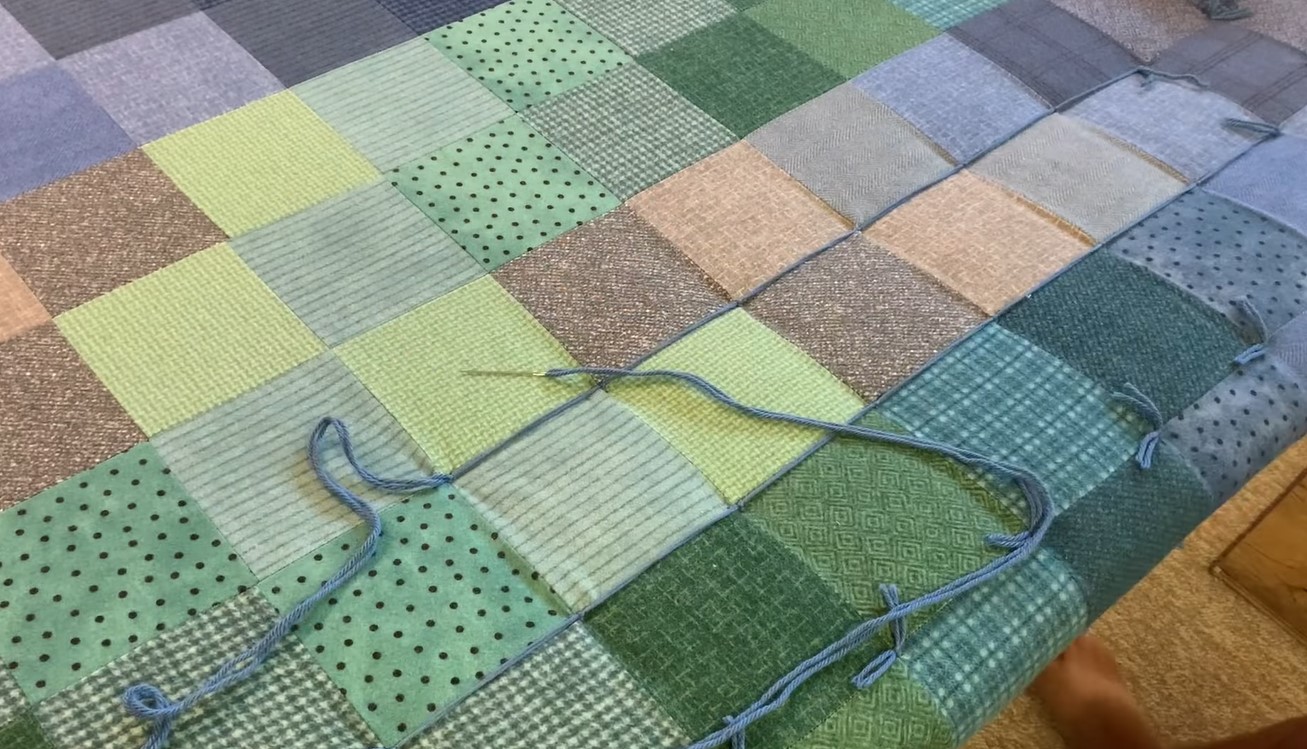

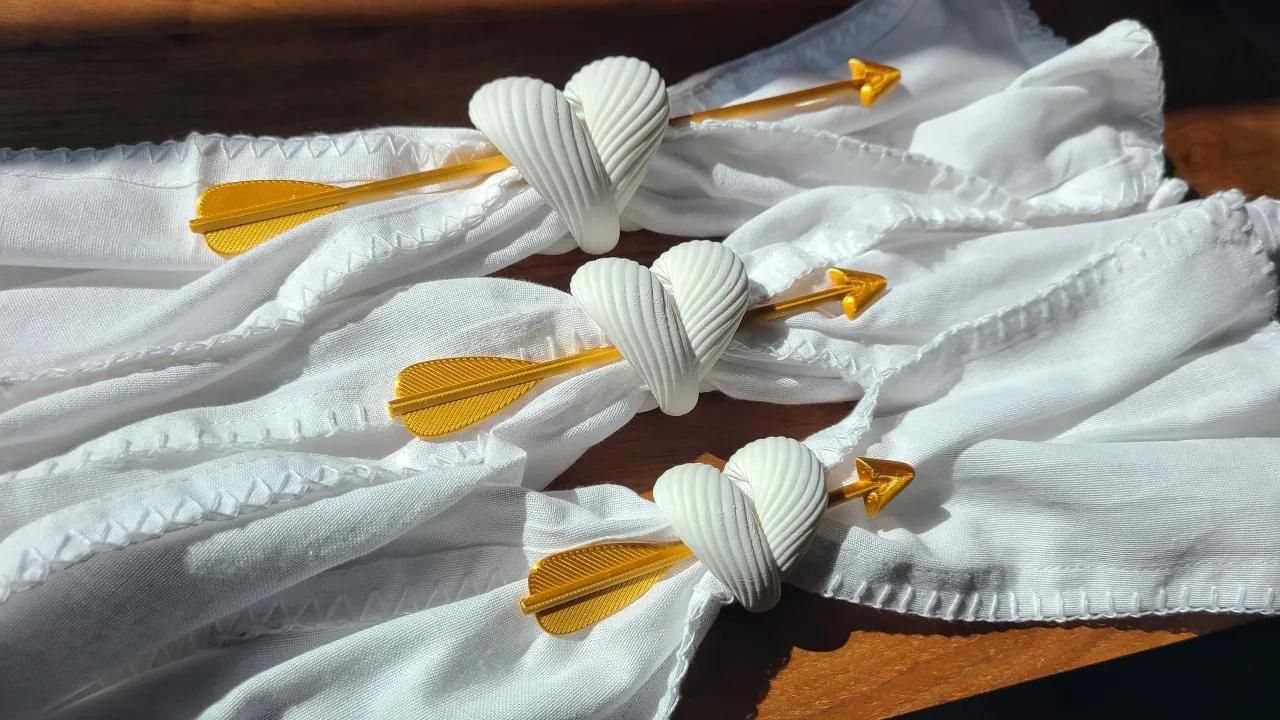

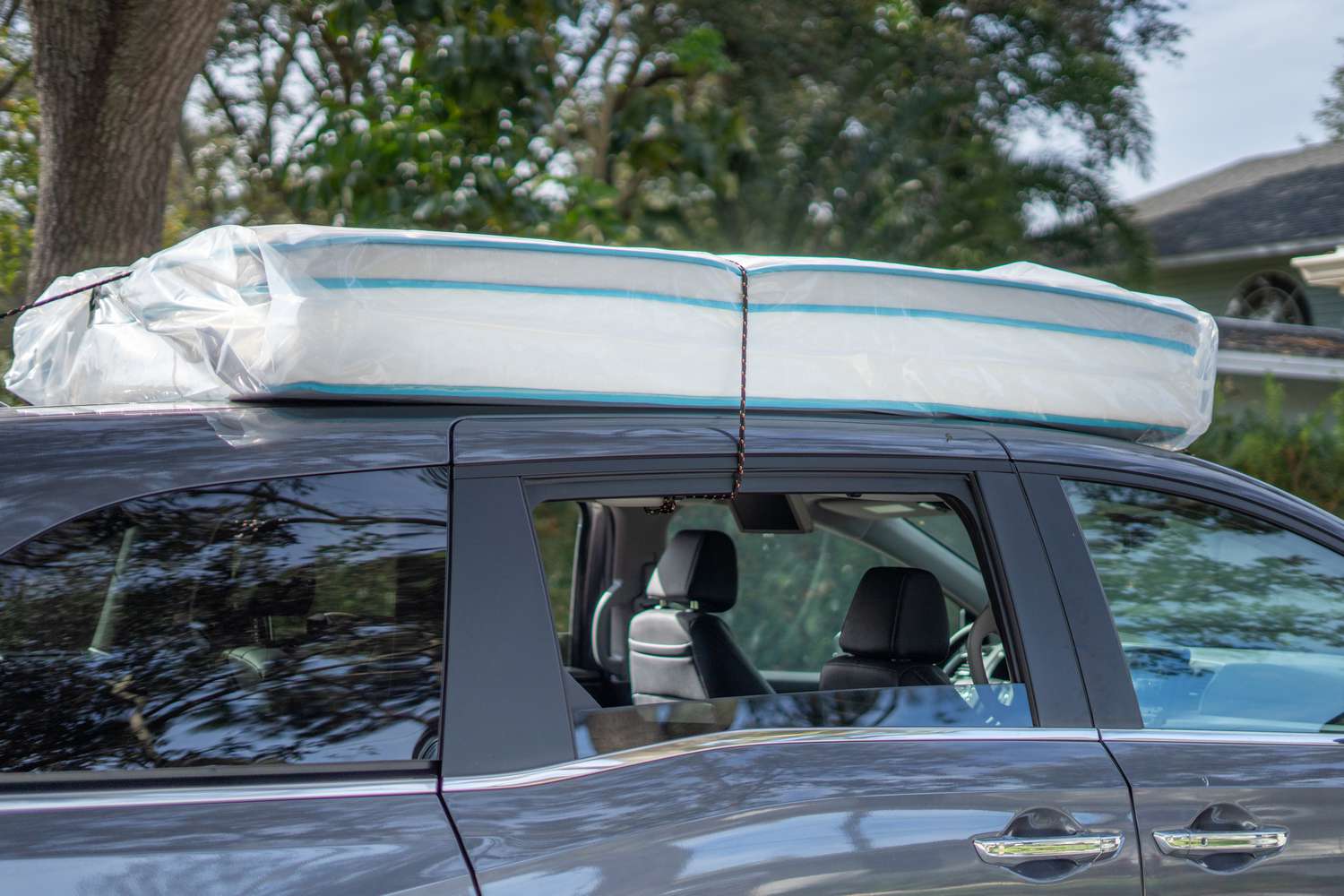
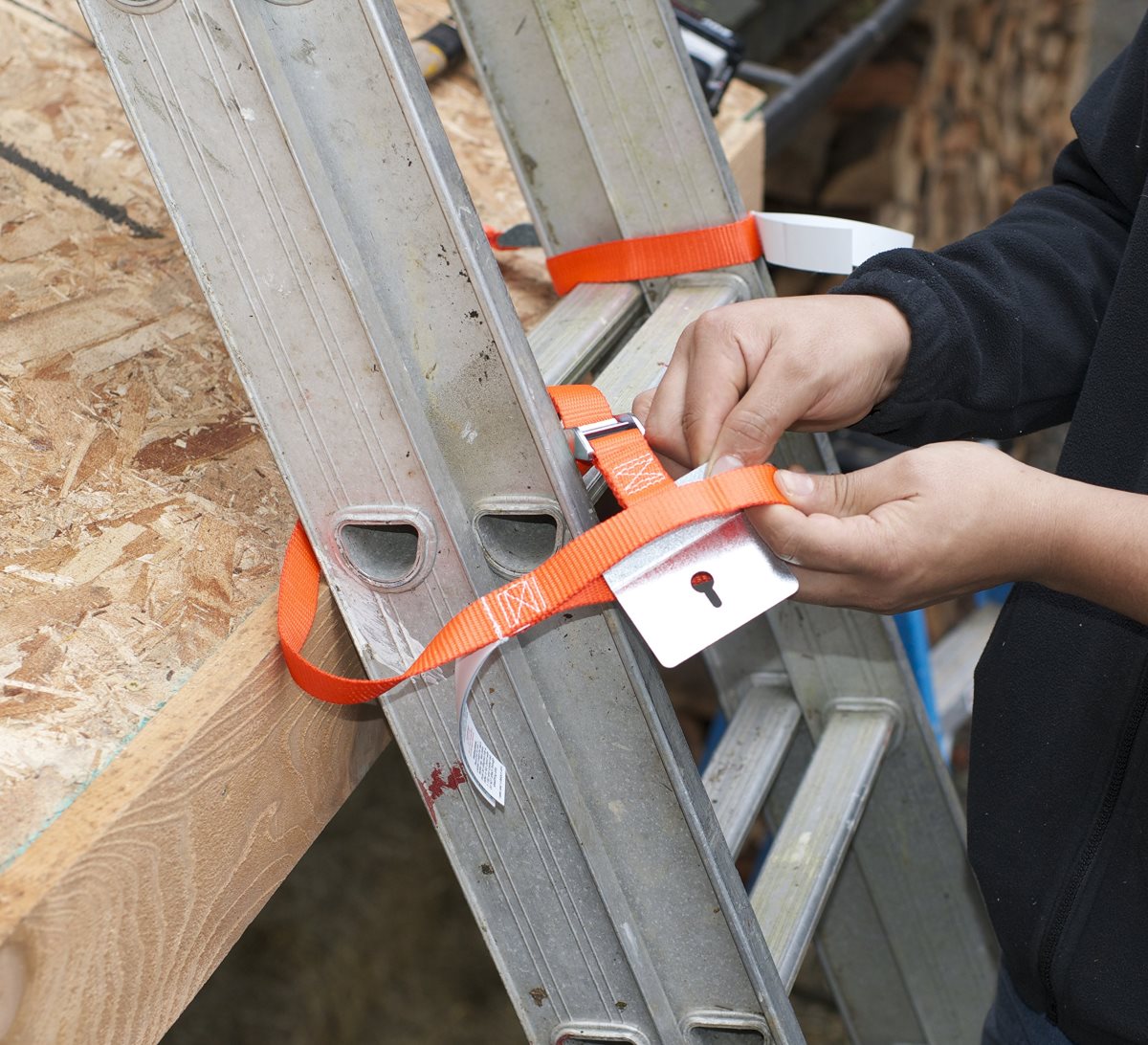
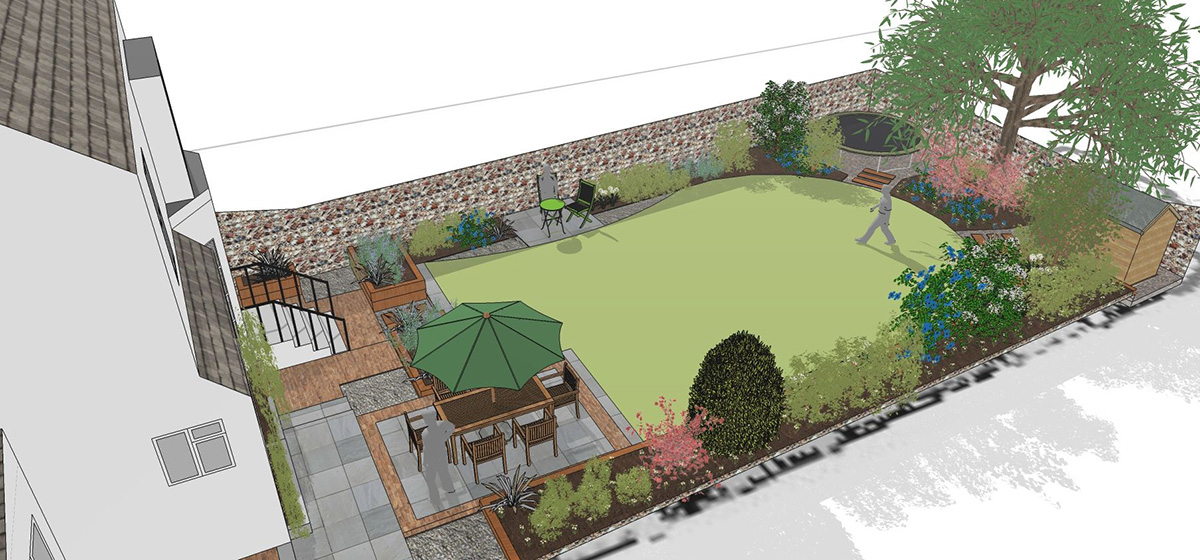

0 thoughts on “How To Use Railroad Ties For Landscaping”